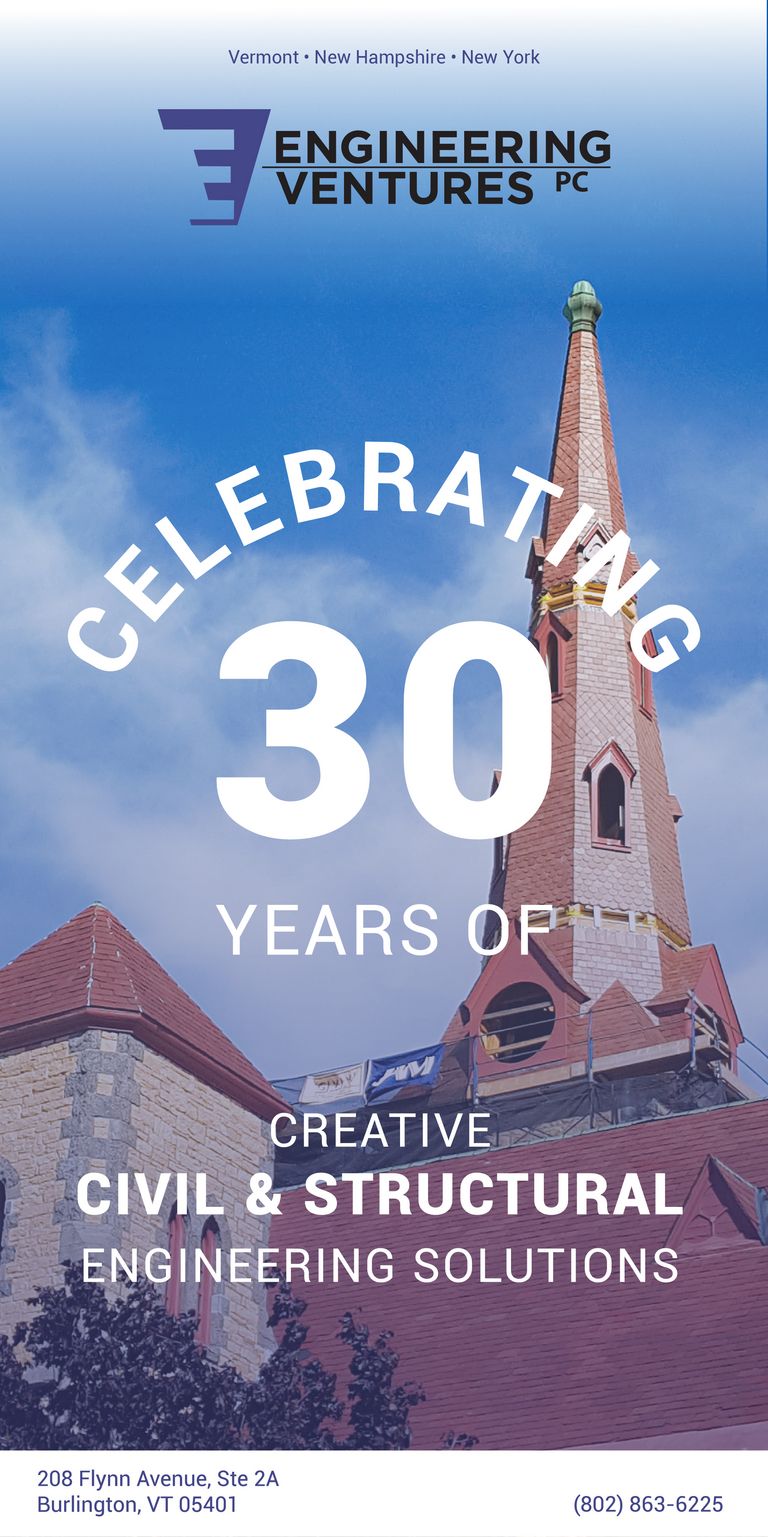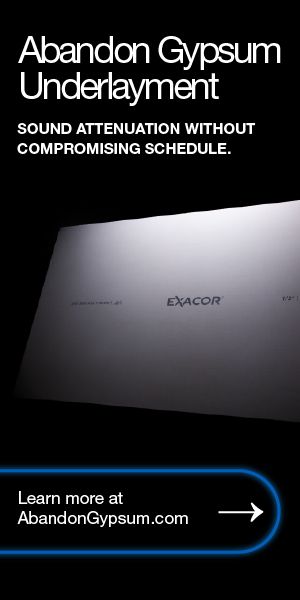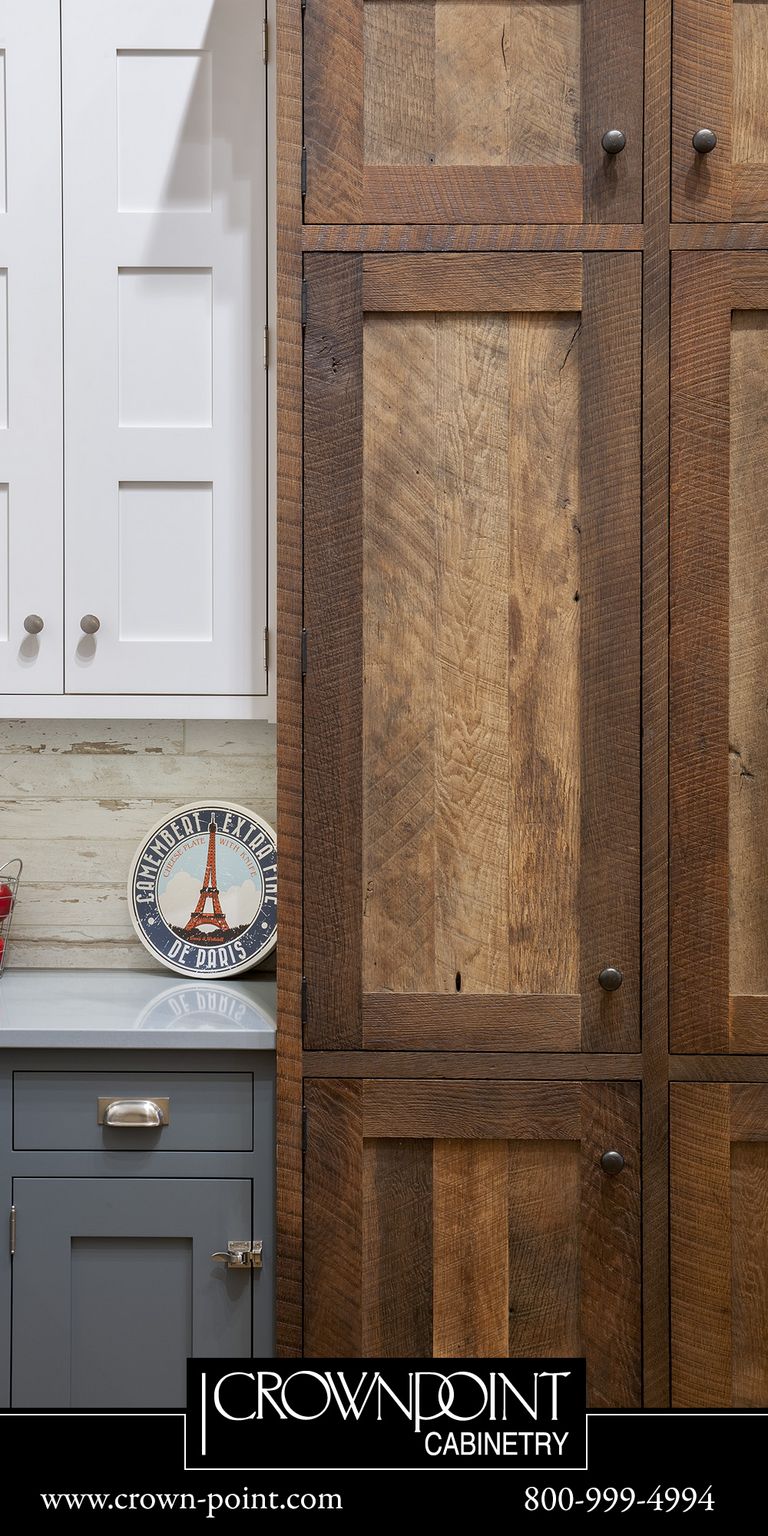AIAVT State Disaster Coordinator, Brian Leet, AIA Discusses Resilient Design with Vermont Public
By Sarah O Donnell, AIAVT Executive Director
On Monday, July 31 2023, AIAVT's State Disaster Coordinator, Brian Leet, AIA of Freeman French Freeman joined Vermont Public as a guest to discuss the ways in which Vermont's buildings and towns could be re-built, or even relocated, to avoid damage from future major flooding events. The full episode, titled "Should post-flood Montpelier be built on higher ground?" can be listened to here.
The conversation also included Stephanie Smith, Vermont's state hazard mitigation officer, and Paul Boisvert, who is a senior engineer and principal with Engineering Ventures in Burlington.
Brian and Paul both contributed to the conversation around how to design and build resiliently, and discussed strategies that are available when it comes to deciding how to mitigate future flooding events:
Both Brian and Paul emphasized that the choice to rebuild is case-by-case, made by each property owner, and that some spaces may not fare best with a rebuild.
"In the aftermath, when your first instinct is like, 'Let's rebuild. Let's put back what we loved before, why we were here.' Sometimes you need to have flexibility to say maybe that's not the best strategy," Brian noted..
Flexibility, and an objective eye, to consider all the options. But, if rebuilding is the decision that's made, there are ways to do so.
"There are ways to make buildings more resilient," Paul says.
There are several ways to respond after a flood, and the discussion centered around the possibility of relocation, and options for rebuilding. To rebuild after a flood, when more flooding is expected down the line there are two strategies; wet floodproofing, and dry floodproofing.
Dry floodproofing is, understandably, what most people think of first: rebuild to keep water out. But this is a really tricky option, and one that isn't as resilient with large amounts of water.
Water is strong. It's strong enough to lift cars. And if a house is fortified to keep water out, then the water may just pick it up instead.
Wet floodproofing is essentially rebuilding with the expectation that things will get wet. Brian noted that while it does allow for some disruption and the potential for minor loss, it can be better than trying to keep mother nature entirely at bay.
Brian described, "The idea is that the space will get wet, but it will be designed to be recoverable quickly. So you want to keep any type of systems that would be damaged by the flooding — electrical, mechanical — out of the space. ... And then the materials for the architecture should be things that don't degrade, you know, not organic things that won't support mold. So if you have concrete and tile, and those sorts of materials that you can just go back down, wipe down, mop down, clean up. And then you have a space that you can continue to use in some function,"
As Brian pointed out at the close of the show, architects can help home and business owners assess the damage that has been done to their property, and talk them through their options for how to move forward. "Take a deep breath, and then do reach out. There are a lot of community resources, there are architects and engineers. ... And before you dive in and spend a lot of money or just assume, "I have to run away from this problem", get a couple other perspectives and opinions."
For folks who are looking to do just that, you can find architects in your area in our member directory here.





